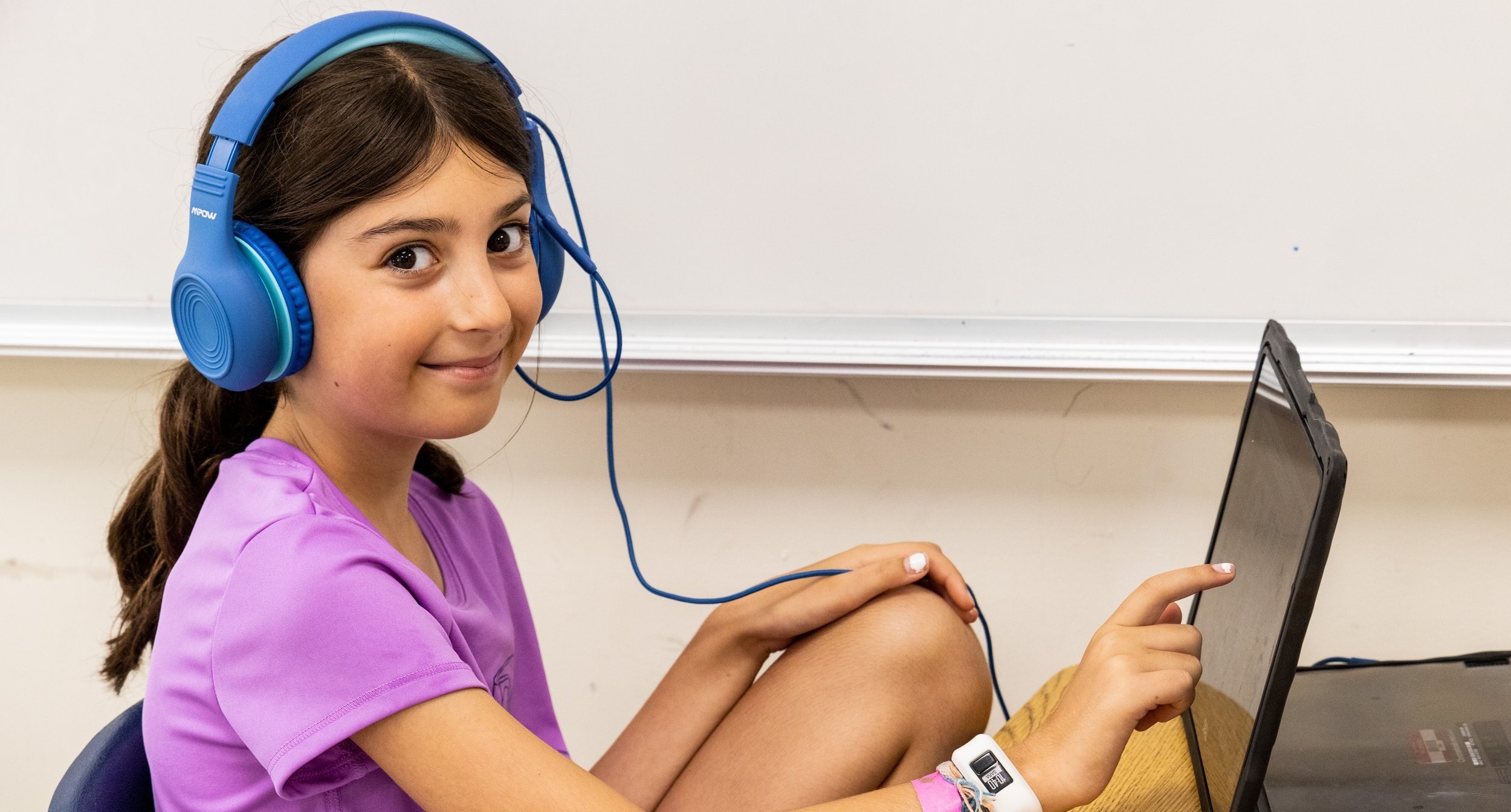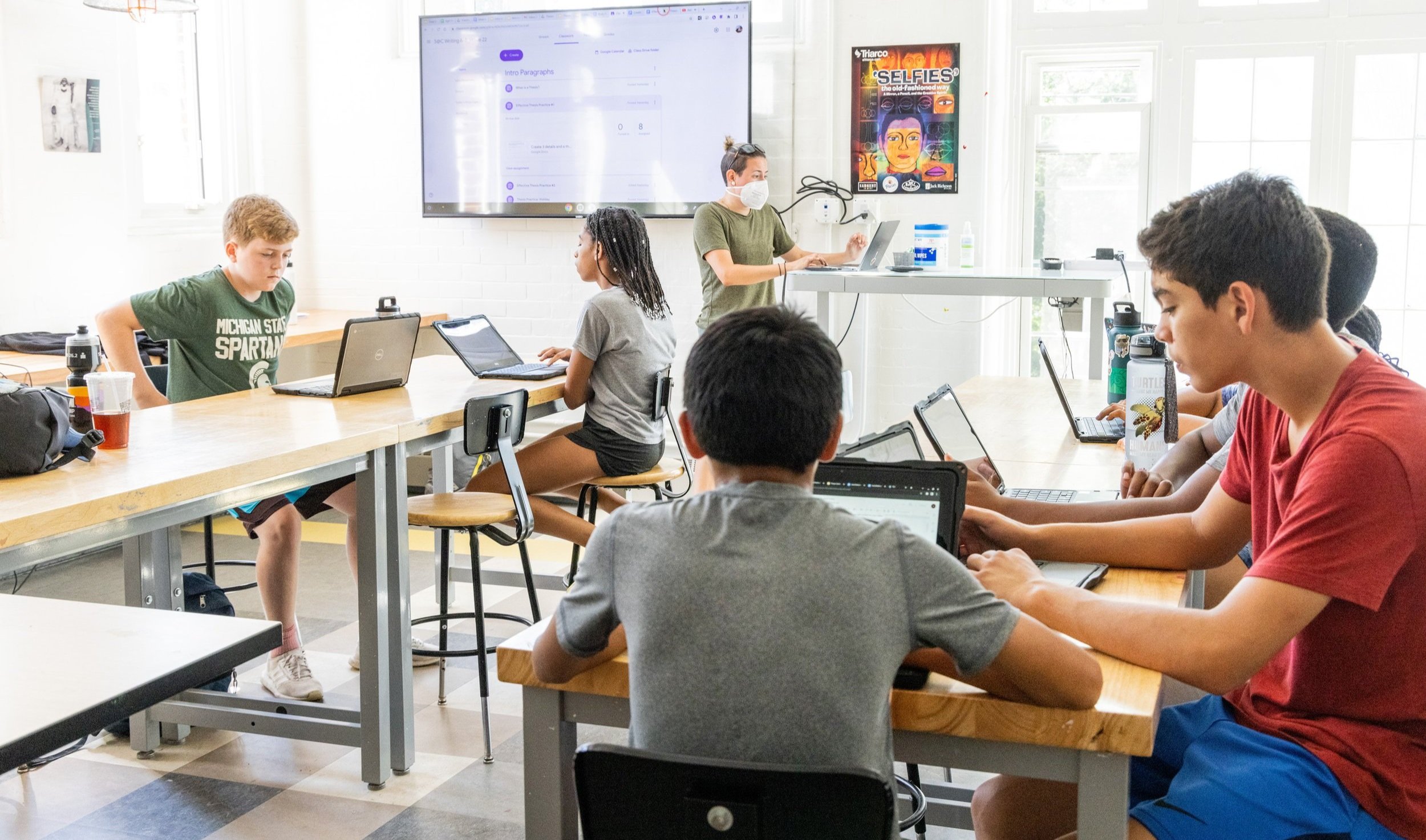
Impact
Increasing evidence suggests that improvements in cognitive functioning have a positive impact on academic performance.
Neurolution is a decade into researching the impact of our cognitive program. To conduct school-based research in a responsible way, we have worked closely with research scientists and moved forward according to best practices in neuroscience and education.
To date, we have conducted controlled research in several cognitive areas, and we know there is much more to develop in the upcoming years. The stronger Neurolution is as a consortium of schools, the better quality research and intervention we can develop.
Here’s what we’ve learned so far:
We can identify and target cognitive weaknesses. We do this in a school setting with a trained coach rather than having students working on their own at home.
We can strengthen cognitive weaknesses. When we target weak areas we can improve them. We can treat this like we do other academic classes, and create an environment where students can try and practice different strategies to see what works best for each of them.
We can see these changes lead to improved academic outcomes.
How does TCI work?
Strengthening student cognitive skills
Some of the underlying cognitive skills that Neurolution targets are:
Processing Speed. The skill of responding quickly to stimuli, such as words on a page or words being spoken. In the classroom students with a weakness in processing speed tend to miss information because they’re not able to process at the pace the information is being delivered.
Executive Function. Encompassing Shifting and Sustained Attention, knowing what to do, when to do it, how to do it, and why to do it. An example includes when and how to apply strategies.
Working Memory. The ability to hold onto information while completing a task.
Reaction Time. Recognizing stimuli quickly and accurately.
Visual Identification. Focused Reaction Time skill on letters, numbers, and shapes.
When we work on these skills we see the following improvements in student performance:
Our Findings
TCI IMPROVES READING FLUENCY An analysis of 10 years of TCI data shows that improvements in skills targeted in TCI are positively correlated with improvements in oral reading fluency. Since incorporating TCI into the curriculum, 61% of Carroll students have made expected or faster than expected annual progress in oral reading fluency, closing the gap with typical learners. READ STUDY
A controlled study at The Carroll School of our Response Time training program (RTT, or Reaction Time) shows that through TCI we are able to target and improve Stroop Reaction Time. During the intervention period students saw an average improvement of 5 standard scale points in Stroop reaction time (p<0.05). Students who received the RTT program had about 20% faster growth in word reading fluency than peers who completed other programs. READ STUDY
TCI IMPROVES SIGHT WORD READING EFFICIENCY Since introducing TCI The Carroll School has seen student’s annual sight word efficiency growth double. READ STUDY
TCI IMPROVES RAPID AUTOMATIC NAMING Rapid Automatic Naming (RAN) weaknesses are one-half of the weaknesses seen in “double deficit” dyslexia. Since introducing TCI at The Carroll School, less than 1/3 of students continue to have a RAN weakness by 7th grade. Students who completed TCI programs have experienced gains in attention, processing speed, memory, and other skills, yielding a standard score gain between 7-15 points on RAN/RAS assessments. This is the first time improvements in RAN/RAS have been definitely documented in dyslexia students. READ STUDY
TCI IMPROVES PROCESSING SPEED Processing Speed refers to the ability to automatically process information. It is that “wait, what?” moment where your brain is taking in stimuli and responding to it. The higher a student’s processing speed is, the more efficiently they are able to think and learn. Since introducing TCI at The Carroll School the number of 4th graders who have a weakness, moderate deficit, or deficit in Processing Speed decreased from 44% to 27% after a single round of TCI. After a second round of TCI we see an average gain in Processing Speed scores of 24 percentile points.
During The Churchill School and Center’s 2021/22 school year 70% of their 6th grade cohort had Processing Speed improvements after 1 round of TCI. In addition, during Carroll’s Summer@Carroll program in 2021 more than 80% of students assigned to a targeted Processing Speed program saw improved Processing Speed scores. After 5 weeks of TCI only 31% of students had a Processing Speed weakness, compared to 69% at pre-test. On average students moved from the 18th percentile to the 42nd percentile, which is within the “average” score range.

"In the early days of Cognitive Intervention, we were trying to figure out what works and for whom. With the TCI platform and the visibility provided by the data, we now can answer those questions for each student."
— Ben Shepard, Cognitive Specialist
Join the Neurolution
Get started with Neurolution by signing up for a personalized webinar today.




